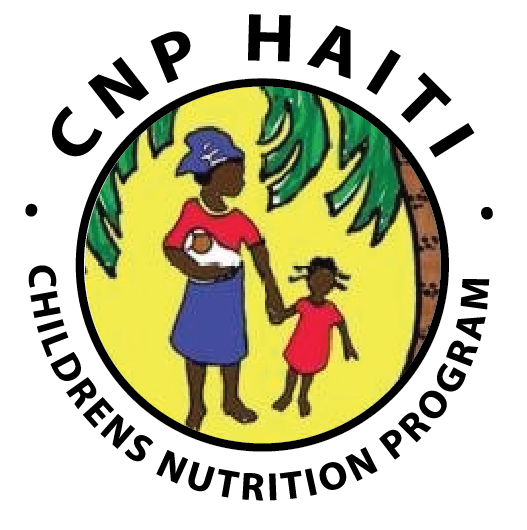
Sustainable Livelihoods
HOW MALNUTRITION AND SUSTAINABLE LIVELIHOODS ARE LINKED
When children are chronically malnourished they become stunted, which affects their ability to work and earn an income in the future. Lack of adequate income means that families must choose how they spend their money, and competing priorities means nutritious food is often low on the list.
Malnutrition increases susceptibility to disease, which comes with higher healthcare costs, which further drains financial resources, and the cycle continues. Activities which aim to improve livelihoods are therefore an excellent investment as they help to both treat and prevent malnutrition and break the poverty-malnutrition cycle.
THE SUSTAINABLE LIVELIHOODS APPROACH
In 2015 CNP/Kore Timoun committed to using the Sustainable Livelihood (SL) approach when designing projects aimed at eradicating poverty. The SL approach draws on over thirty years of changing views of poverty and is underpinned by three insights.
- The understanding that while economic growth may be essential for poverty reduction, there is not an automatic relationship between the two, because of equal importance is an individual’s capacity to take advantage of those economic opportunities.
- The understanding that poverty is not just a question of inadequate income, it is also dependent on a number of other factors, including poor health, illiteracy and a lack of services.
- The model recognizes that those experiencing poverty know which solutions are best suited to their needs and therefore their participation is critical for meaningful change to occur.
